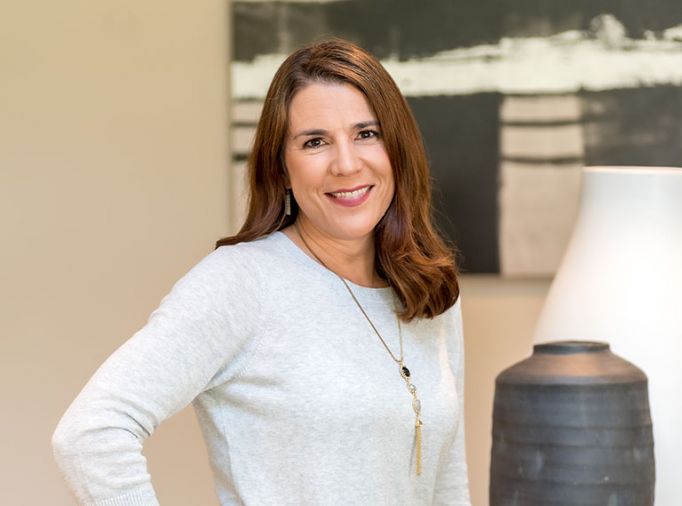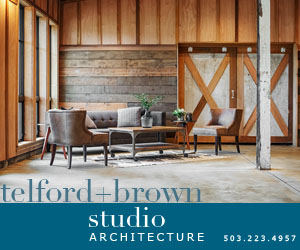Shoptalk - Dawn Wilkinson
When you founded your firm, what were your goals and how have they evolved?
WILKINSON Six Walls opened its doors in the fall of 2003 with a goal of making interior design approachable and attainable for a wide audience of potential clients. We did that designing a retail/studio space where clients could purchase home décor and a specialty line of interior paint—and have a quick chat with a design professional. By pairing design/color consultation services, to the products we offered—a customer could schedule an hour of time with us, making design time accessible to anyone who needed a bit of help with a project or a plan. As Six Walls evolved, we have stayed true to our roots and original goal. We still offer one-hour consultations and we believe maintaining this accessibility has been key to our success. We do not push a design agenda, but instead focus our knowledge towards helping clients find solutions to fit their own personal styles, budgets, and expectations. It’s clear to me we built many of our long-term client relationships upon that one-hour consultation.
What led you to interior design?
WILKINSON I was studying psychology during my freshmen year in college and was having a tough time learning by way of two-hour lectures. I found myself checking out the architectural periodicals in the library instead of studying my psychology texts. In my sophomore year, I changed my course of study to interior design, and space planning courses and I never looked back! I immediately identified with the hands-on techniques of pulling resources together for different purposes, understanding where and how they intersect, and then pulling them all together for a client. That is where the Six Walls logo came from: the six walls of an interior space, in 3D, unfolding. You wouldn’t make a decision on one wall without understanding how it impacts the other five.
When decorating, where should people splurge and where should they save?
WILKINSON I do think understanding the value of the design time and process is very valuable. While this may seem like a splurge, it leads to an understanding of where you can save. All decisions in the design process are not commodity-based. For example, through the design process, you may uncover a beautiful hardwood floor you didn’t know existed under a layer of carpet or linoleum. Your re-finished hardwood flooring will look like splurge to your guests, but you have saved money uncovering it. When it comes to commodity pieces, invest in quality materials you’re using every day, like your sofa. You spend a lot of time on your sofa! Then, change out a few accessories every few years to give a room a fresh look. In the kitchen and bath, invest in good quality cabinets, countertops, and appliances, and do something more budget friendly on other items, like your backsplash. Choose classic in your splurges, so you can meet changing styles in your accessories down the road.
What types of projects is your firm currently working on?
WILKINSON The gamut! Currently, we have two studio locations, one in the Seattle metro area and the other in the Denver metro area. We have a combination of new construction and remodeled homes in Boise, ID, the Oregon coast, the southern wine country of California and more. The locations are a geographically diverse as they are too in their design elements, budgets, and goals. We have some multi-year projects and a few that were completed in only a few weeks.
For more information visit: www.six-walls.com






